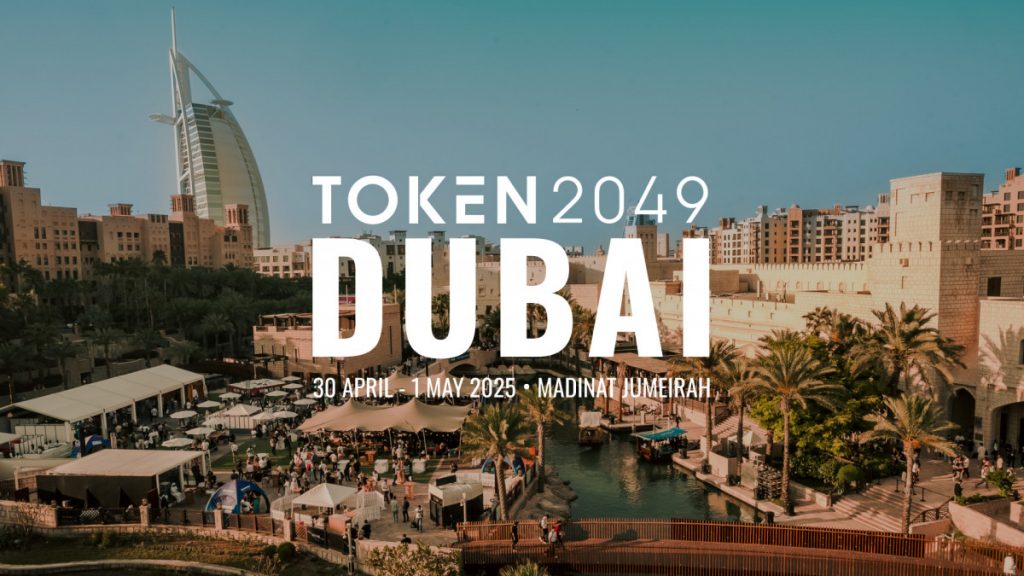Velar Launches PerpDex On Stacks, Marking First Bitcoin-Native Perpetual DEX
Alisa Davidson
Published: March 28, 2025 at 9:30 am Updated: March 28, 2025 at 6:40 am

Edited and fact-checked:
March 28, 2025 at 9:30 am
In Brief
Velar has launched the world’s first Bitcoin-native PerpDEX on Stacks, marking an advancement for the BTCFi ecosystem and enabling users to trade leveraged futures while maintaining control over their assets.

Bitcoin decentralized exchange protocol, Velar, has announced the launch of the world’s first decentralized perpetuals exchange (PerpDEX) on Bitcoin. Built on the Bitcoin Layer 2 network, Stacks, Velar PerpDEX marks a significant advancement for Bitcoin’s decentralized finance (DeFi) ecosystem, enabling users to trade leveraged futures while maintaining complete control over their assets.
“At Velar, our goal has always been to build core trading infrastructure that keeps users and liquidity on Bitcoin,” said Mithil Thakore, CEO of Velar, in a written statement. “Launching the first PerpDEX on Bitcoin is a defining milestone for the future of DeFi on Bitcoin, enabling traders to access leverage and deep liquidity without leaving the Bitcoin ecosystem,” he added.
The exchange is now live at perpdex.velar.com, with sBTC-USDh as its initial trading pair. USDh, the first synthetic Bitcoin dollar, was created by stablecoin developer Hermetica. Over time, more trading pairs will be added to Velar PerpDex, enabling Stacks users to open leveraged long and short positions across a range of assets, including BTC.
“Perpetual trading is one of the most important products in crypto, and now thanks to Velar, it’s finally possible on Bitcoin,” said Jakob Schillinger, CEO of Hermetica, in a written statement. “USDh powers perp trading by serving as the stable, yield-bearing base pair, designed specifically for Bitcoin DeFi,” he added.
Velar PerpDex Unlocks Bitcoin’s DeFi Potential With Advanced Trading Features And Deep Liquidity
Velar PerpDex offers advanced trading features, combined with access to deep liquidity and strong security. Built on Stacks, it takes advantage of five-second block times, true decentralization, and full Bitcoin finality.
The launch of Velar PerpDex aims to unlock billions of dollars in idle capital within the Bitcoin ecosystem, enabling BTC holders to fully engage in DeFi while avoiding custodial risks. This introduces a powerful new tool to Bitcoin DeFi, which is expected to serve as a foundation for further innovation on Stacks.
Velar is developing an intuitive interface that allows users to access the most secure blockchain ever created. Velar Dharma simplifies the process of trading Bitcoin-based tokens, offering a user-friendly experience with just a few clicks. Last year, Velar partnered with Hermetica to introduce a stableswap pool on Stacks. This collaboration allows Velar to contribute to liquidity provision, supporting the USDh pool launched on the Stacks platform.
Disclaimer
In line with the Trust Project guidelines, please note that the information provided on this page is not intended to be and should not be interpreted as legal, tax, investment, financial, or any other form of advice. It is important to only invest what you can afford to lose and to seek independent financial advice if you have any doubts. For further information, we suggest referring to the terms and conditions as well as the help and support pages provided by the issuer or advertiser. MetaversePost is committed to accurate, unbiased reporting, but market conditions are subject to change without notice.
About The Author
Alisa, a dedicated journalist at the MPost, specializes in cryptocurrency, zero-knowledge proofs, investments, and the expansive realm of Web3. With a keen eye for emerging trends and technologies, she delivers comprehensive coverage to inform and engage readers in the ever-evolving landscape of digital finance.
More articles

Alisa Davidson

Alisa, a dedicated journalist at the MPost, specializes in cryptocurrency, zero-knowledge proofs, investments, and the expansive realm of Web3. With a keen eye for emerging trends and technologies, she delivers comprehensive coverage to inform and engage readers in the ever-evolving landscape of digital finance.


































